Words and Interview Miguel Llona
Images PAVB-NCCA, Alexander Eriksson Furunes, and The Architectural Review


For their “quietly radical approach to practice,” Khadka + Eriksson Furunes has been named one of the winners of the Architectural Review Emerging Architecture awards 2020, bagging the Peter Davey Prize. The studio joins two other winners that were selected from a shortlist of 16 practices, each judged on the strength of their submitted portfolio that includes a completed building, a work in progress, and an idea.
Winning the £10,000 prize is the Barcelona-based practice Carles Enrich Studio, whose work the judging panel commended for reconnecting history with the future and understanding heritage as infrastructure. Taller Capital, a studio based in Mexico, was highly commended as well for their body of work that “intelligently navigates dichotomies between formal and informal systems, proving that public space is transformative.”
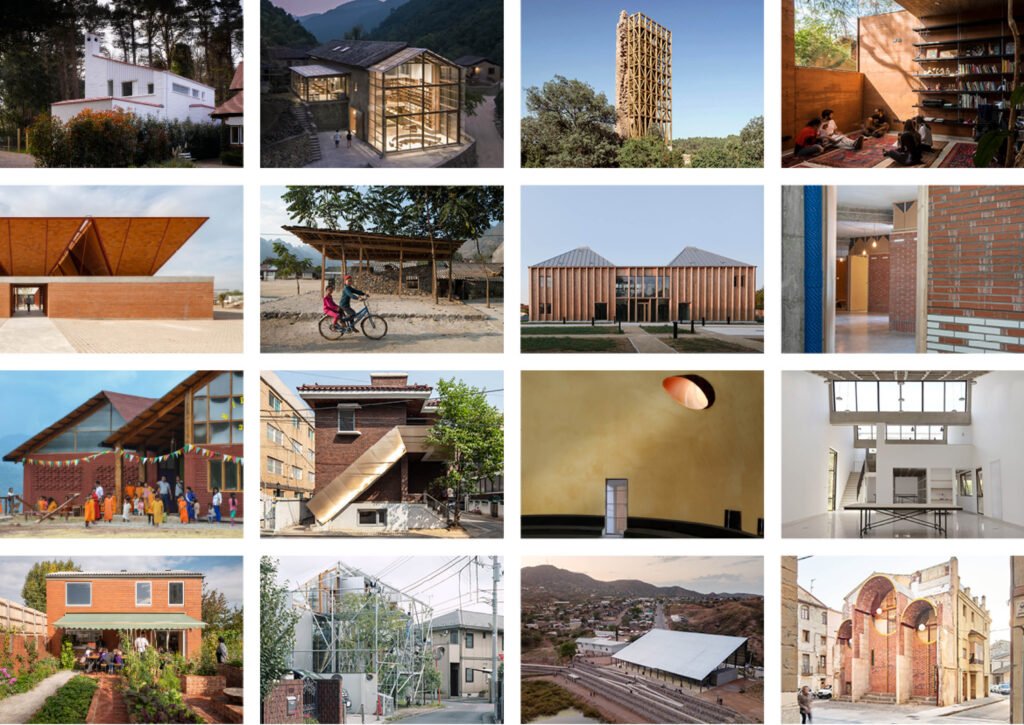
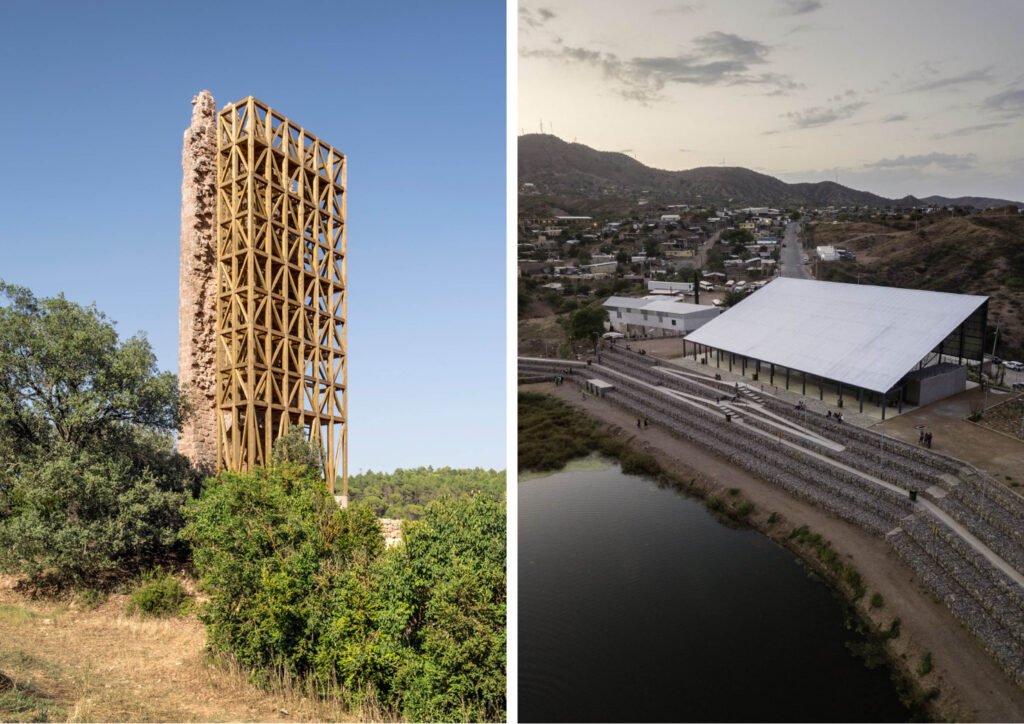
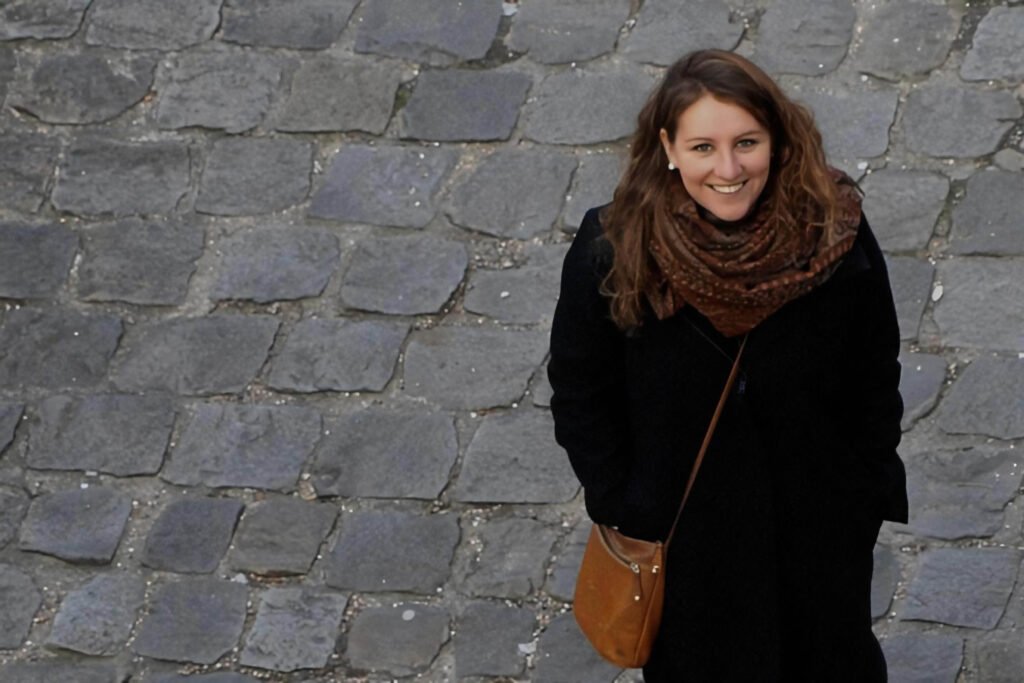

Manon Mollard, editor of The Architectural Review, cites Khadka + Eriksson Furunes’s highly collaborative process and community engagement as the factor that helped them win the Peter Davey Prize, which is awarded to the AR editors’ choice among the shortlisted practices. The studio’s approach “resonates with both the AR’s editorial practice and a model for collaborative working more broadly,” says Mollard.
Khadka + Eriksson Furunes is an architectural studio formed by Sudarshan Khadka and Alexander Eriksson Furunes, two architects based in the Philippines and Norway, respectively. In describing the studio’s objectives, Furunes says that “it’s important that we what we create belongs to those who will use and maintain the building over time. My role as an architect is to make those stories visible, to question them, and eventually give form to them by making something together.”
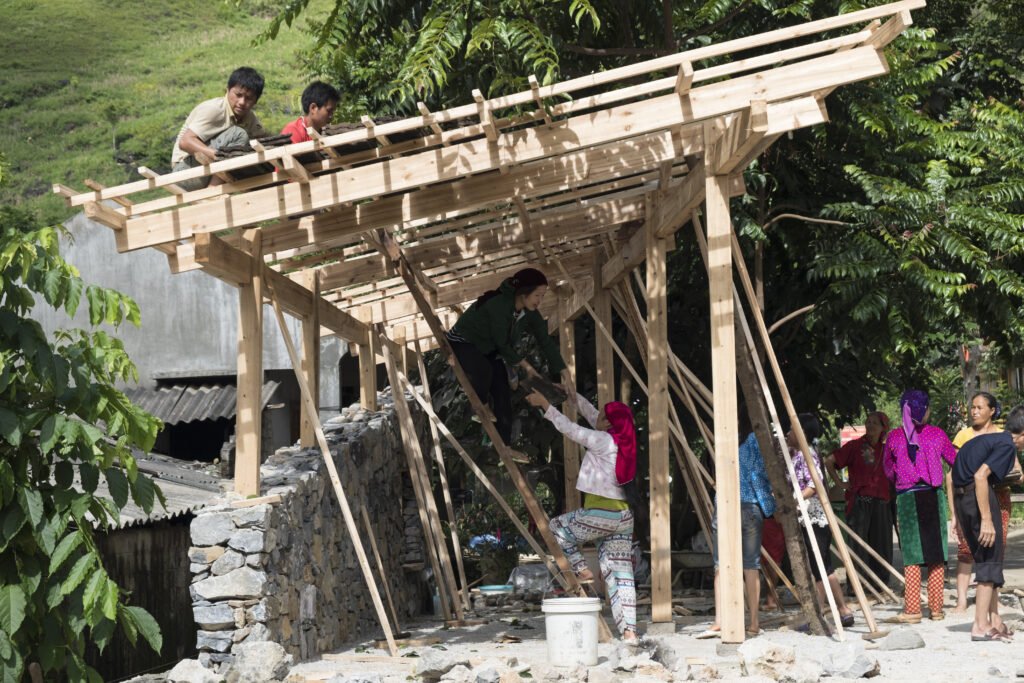

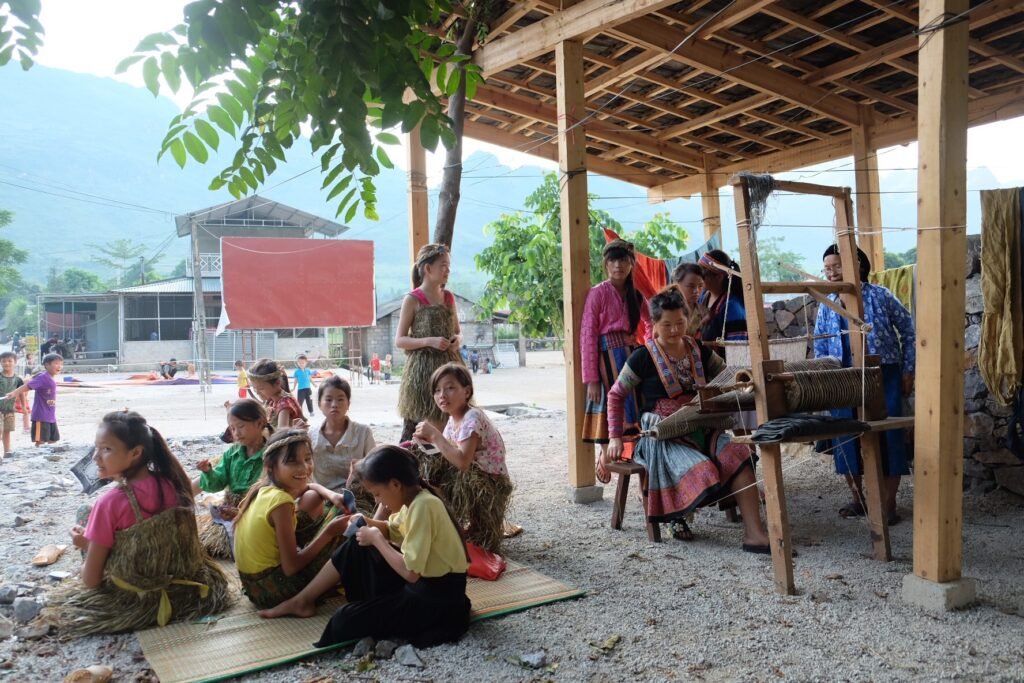
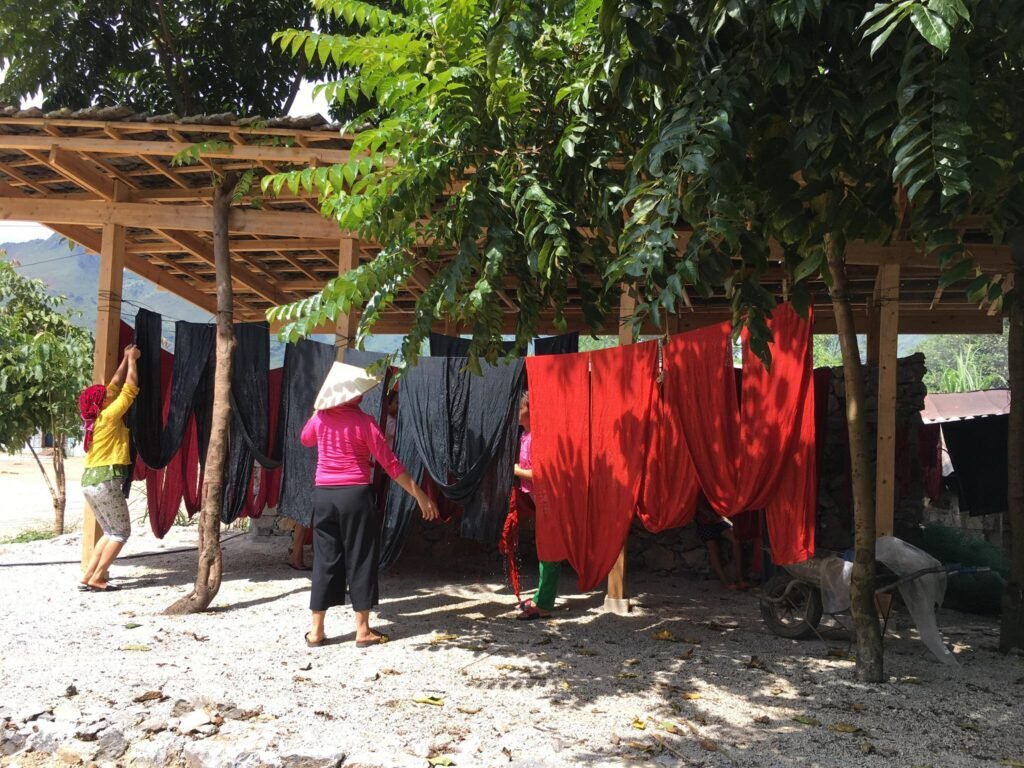
Their collaboration began in 2014 when they worked together on Streetlight Tagpuro in Tacloban City, Philippines, a reconstruction of an orphanage and study center that was swept away by Typhoon Haiyan’s devastating winds. The project gained attention for its community-based approach, with Khadka and Furunes involving the Tagpuro citizens in the design and development of the structures. In the three years it took the project to be built, they conducted over a hundred workshops with the community to learn what they needed to feel safe again after the tragedy wrought by Haiyan, and the designers and engineers worked to ensure that the design reflected the outputs gleaned from these workshops. It was architecture achieved through bayanihan, or working together to achieve a common goal.
Though the process was long and drawn out, with constant communication and documentation needed, Khadka and Furunes were driven to provide the citizens of Tagpuro with a project that reflects and enriches their narrative as a community. According to Khadka, “Design is not only about problem-solving…[it] is the aesthetic resolution of contexts and narratives. To do this, we must broaden our understanding of the world and see it from multiple perspectives. This allows us to develop empathy and to see ourselves in one another.”
Their empathy-driven approach has been rewarded at the 2017 World Architecture Festival (WAF), when Streetlight Tagpuro won the Completed Building – Civic category and the Small Project of the Year. “A building is never complete—it will live, transform, and disappear with those that use it. The values embedded in the structure impact the whole lifespan of the project, and this was the core message that we wanted to share in our presentation,” says Furunes after their win at the WAF 2017.


The success of Streetlight Tagpuro has led Khadka and Furunes to undertake similar projects that focus on community engagement, the most recent of which is expanding the workspace of a textile cooperative in a village in Vietnam. Continuing their approach in the Street Tagpuro project, the pair facilitates the planning and design process, bringing together the villagers, local carpenters, and other collectives to communicate their ideas for the project. The whole process is reminiscent of the local tradition of đôi công, or mutual support, enabling active participation and involvement from the community.
The fruits of their collaborative design process embolden Khadka and Furunes to pursue similar projects in the future and being recognized at the AR Emerging Architecture awards further validate their convictions on how architecture should be practiced. As Khadka puts it, “Architecture is the connection between philosophy and space. Fundamentally, this means that it should engage with and reflect the site and its people. Architecture should be rooted in-site, designed with insight, and incite meaning.”
Currently dismantling the Philippine Pavilion at the recently-concluded 2021 Venice Biennale, we had a quick chat with the men of the hour about their thoughts on winning the prize, their impetus for joining, and what they hope architects can take and emulate from the way they practice.
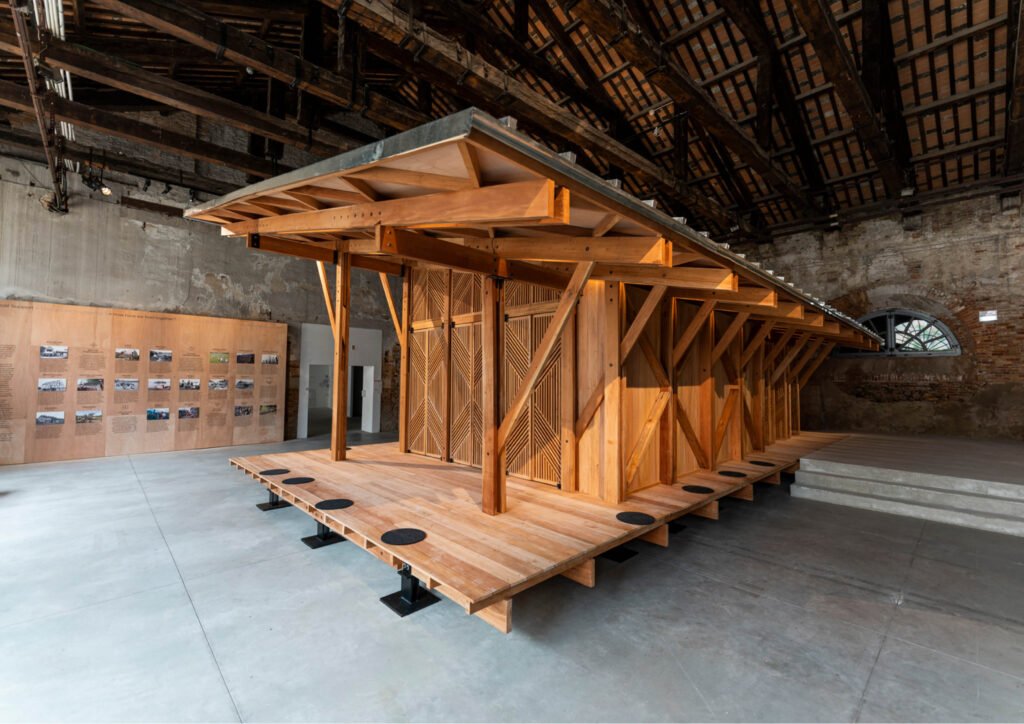
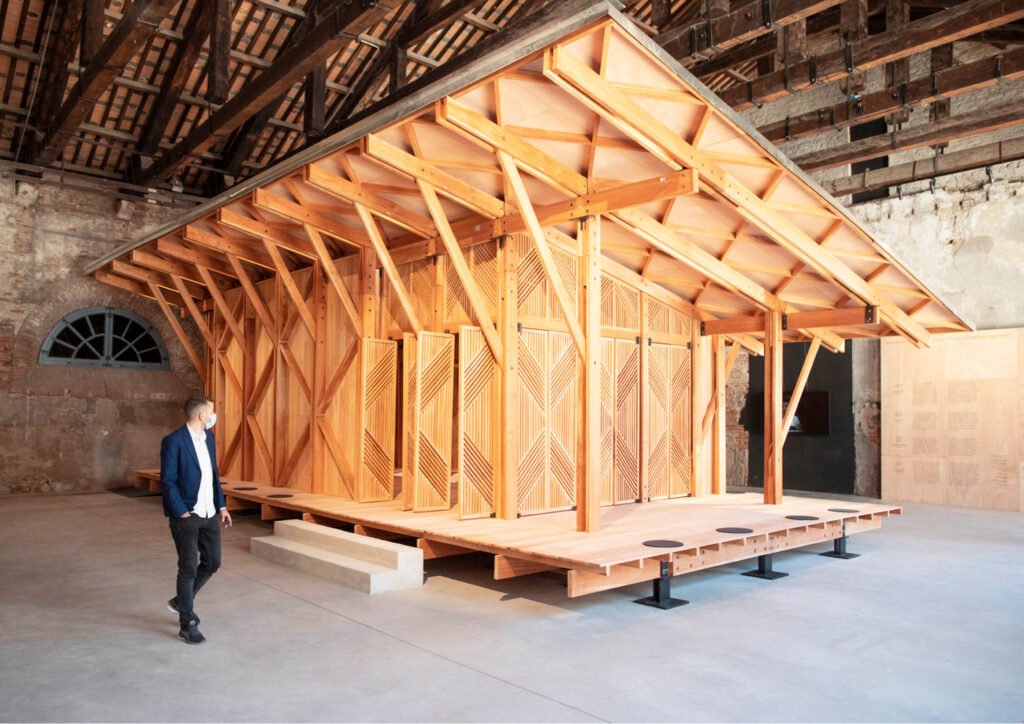
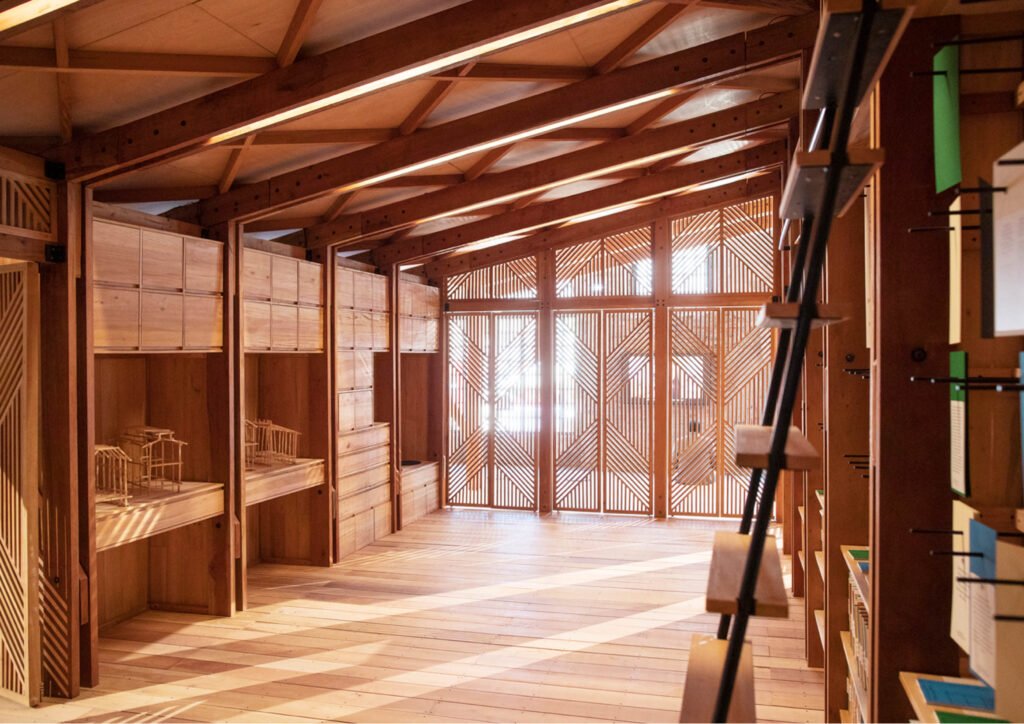

First of all, congratulations on being shortlisted, and being selected for the Peter Davey Prize at the AR Emerging Architecture awards! What were your reactions upon learning of the news? What does it mean to you to be cited by the AR editors for your body of work?
Sudarshan Khadka and Alexander Eriksson Furunes: We were surprised to learn that we got the Peter Davey prize! We are inspired by the work of the firms on the shortlist so we were honored just to be considered alongside them. The editors describe the work as having a “quietly radical collaborative approach.” This underscores the idea that mutual support is a process that is owned by and relevant to everyone.
Why did you join the AR Emerging Architecture awards (AREA)? Did this competition have a specific vision or quality that compelled you to join it?
The AR Emerging Architecture award has shown a track record of selecting practices that have subsequently shaped the architecture discourse. It is a global platform to contribute to this conversation.
To join AREA, aspiring candidates are required to submit a small portfolio of three
projects: a completed building, a work in progress, and an idea. What was the portfolio you presented to them, and what was your thought process for putting this portfolio together?
Our focus was on the process of how we create architecture through mutual support more than specifically the projects themselves. We structured the submission around this narrative and presented three projects we worked on as a way to explain our process. These projects are the Streetlight facility in Tagpuro, a textile cooperative in Ha Giang, Vietnam, and a library and conflict mediation space in Bulacan which we exhibited at the Venice Architecture Biennale.
Being a young firm with a small body of work, what kind of recognition do you want to attain for the work you do?
Mutual support is relevant in many cultures and contexts but we have lost touch with the way these traditions structure the way we live. We are not really looking for recognition, instead, we see these awards as ways to reach out and share our process with architects and communities to connect these traditions to the way we create architecture.
What are the most important lessons you’ve learned from your collaboration for the past few years (which the AR editors have described as a “quietly radical collaborative approach”)? What do you hope architects would take away and emulate from your approach?
The principles of mutual support are ways to connect to many cultures and communities across both literal and abstract borders that seem to divide us. We are more connected than we believe. These awards value originality in the way they select their winners so the best advice would be to find your own voice and nurture it. This takes a deep understanding of yourself in relation to your context and the way you want to make a contribution. •
Miguel Llona is a writer who has written for numerous print and online publications. He was a former editor at BluPrint magazine, and served as a marketing consultant for an interior design firm.
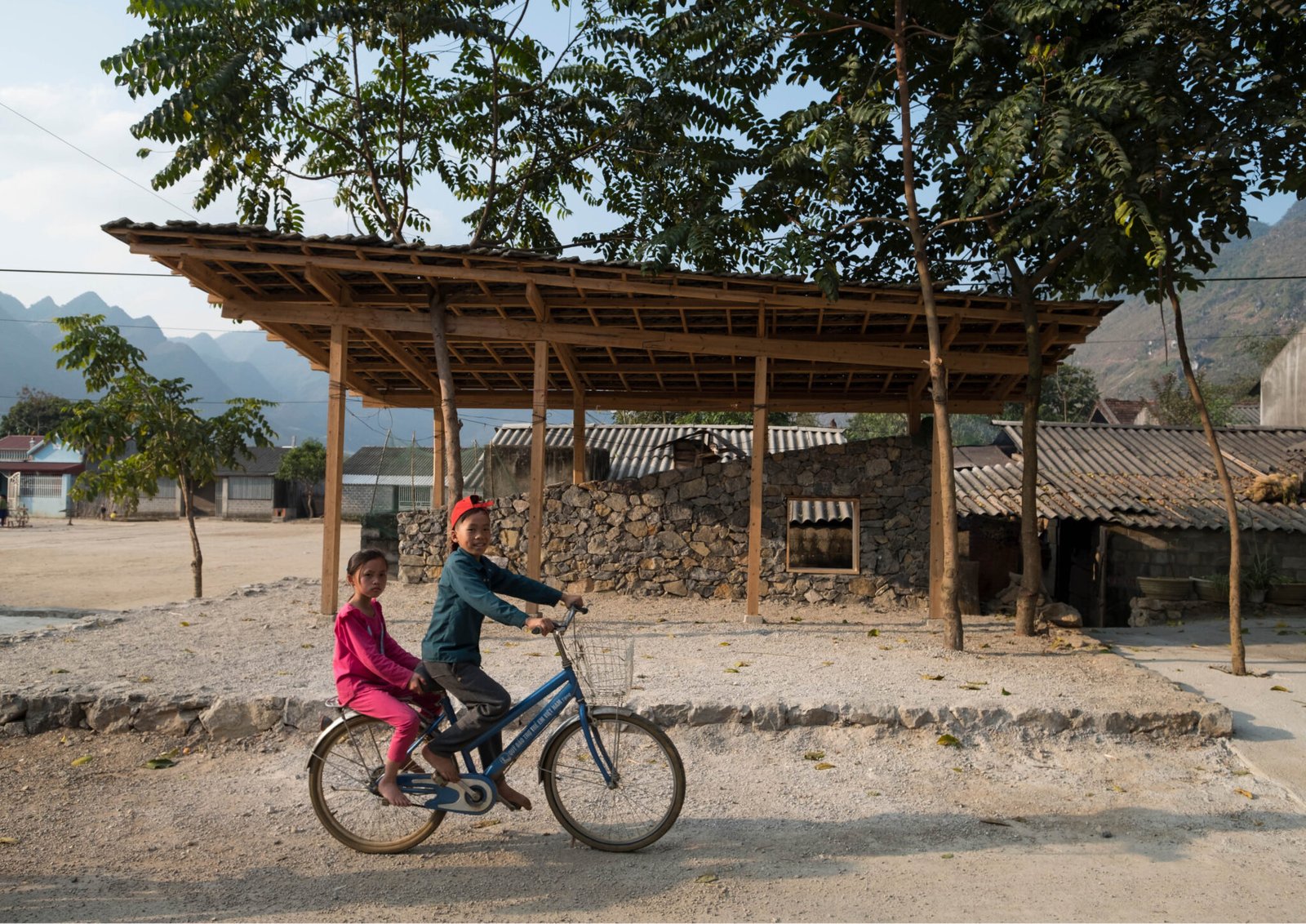

4 Responses